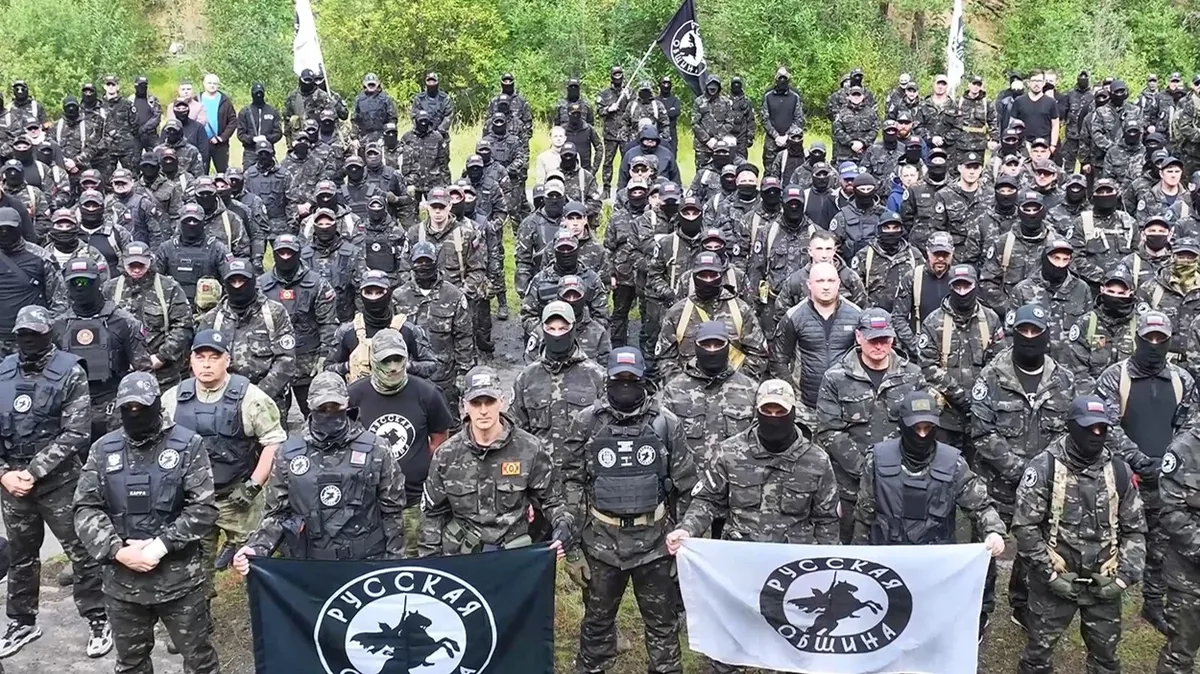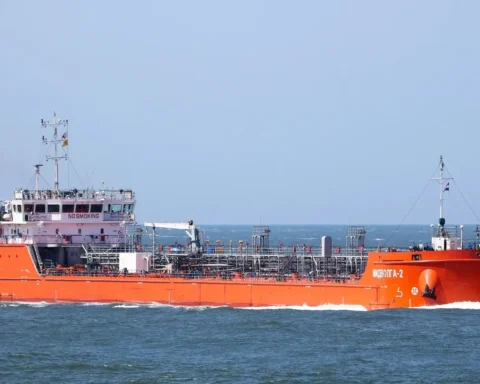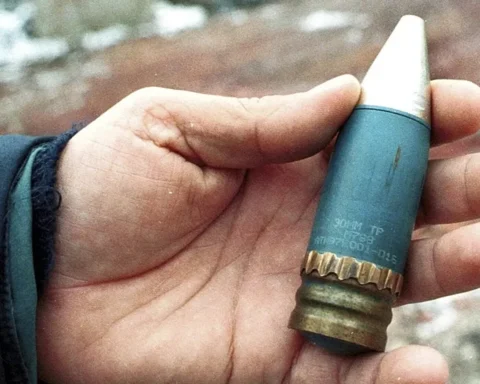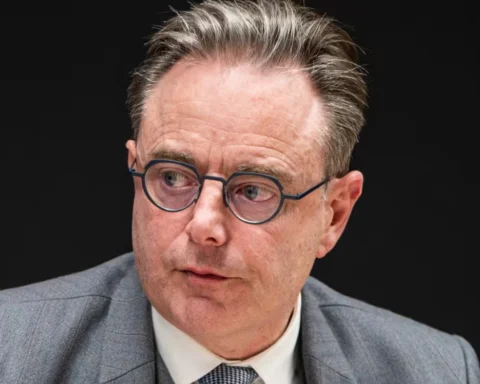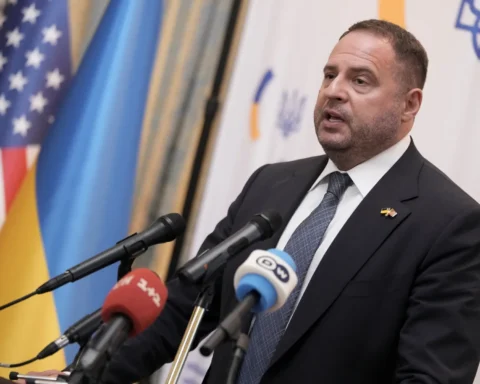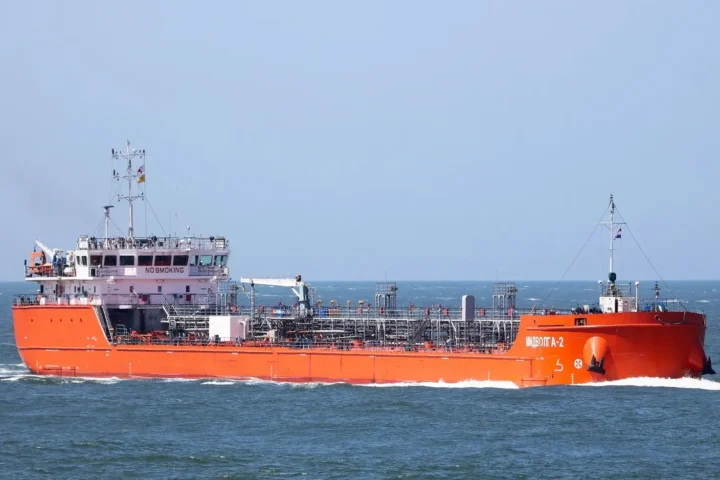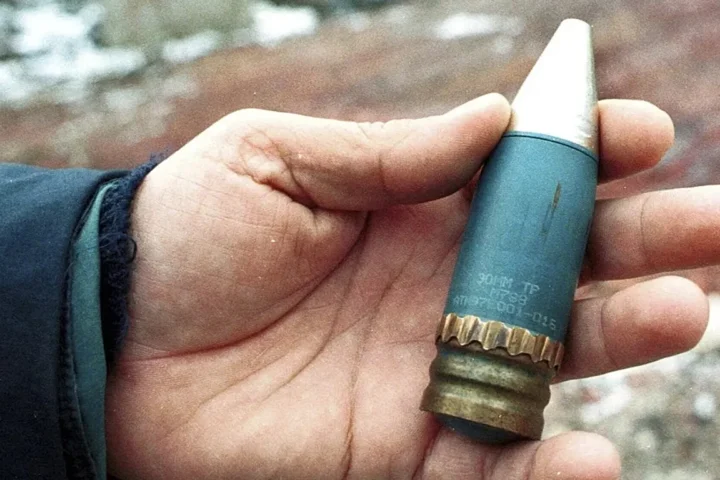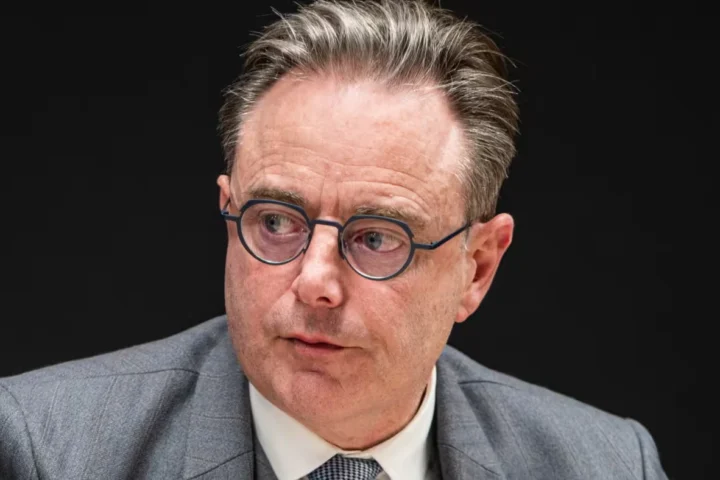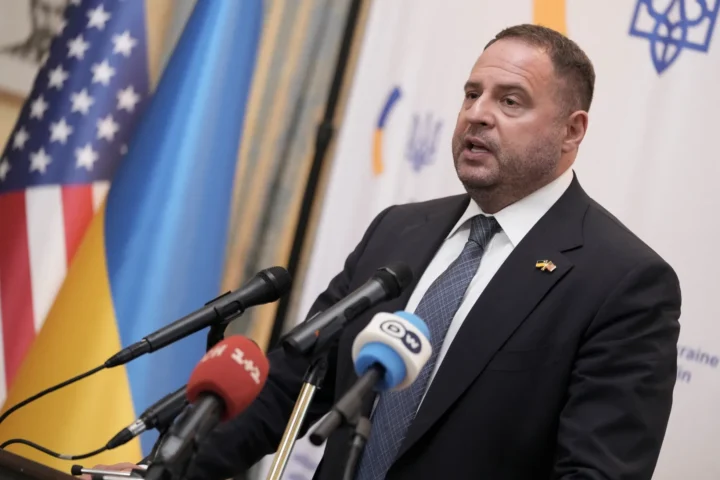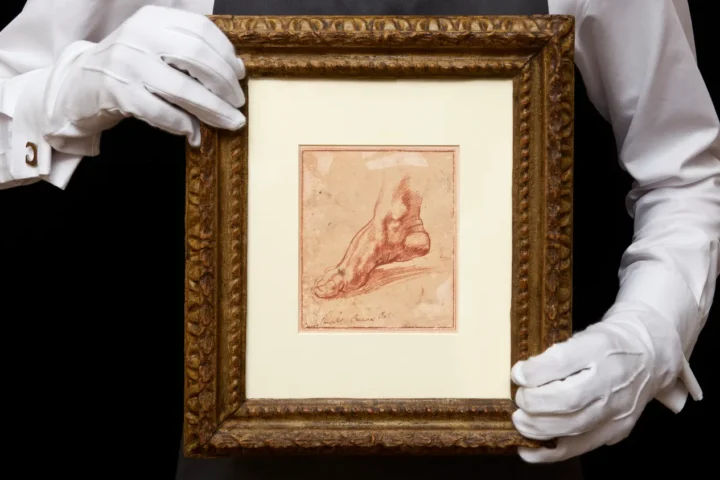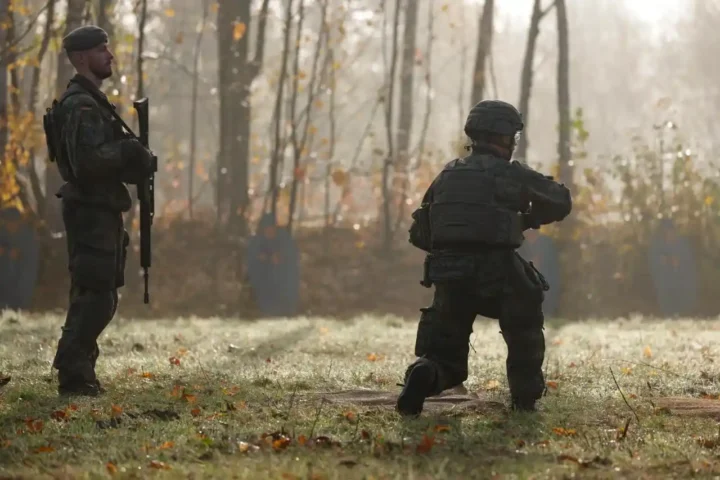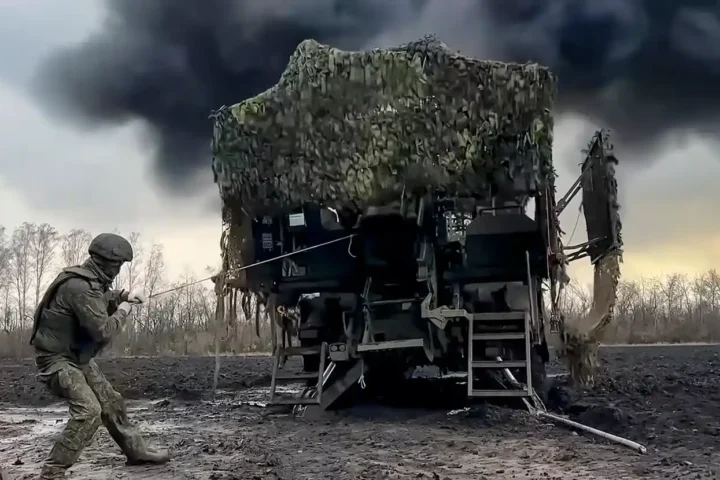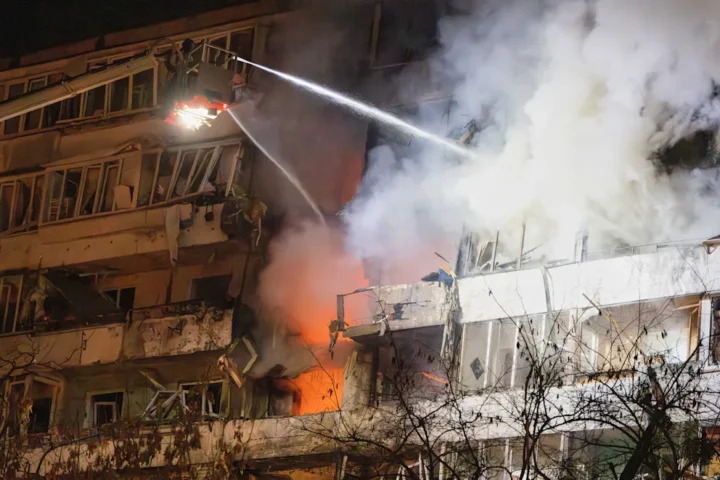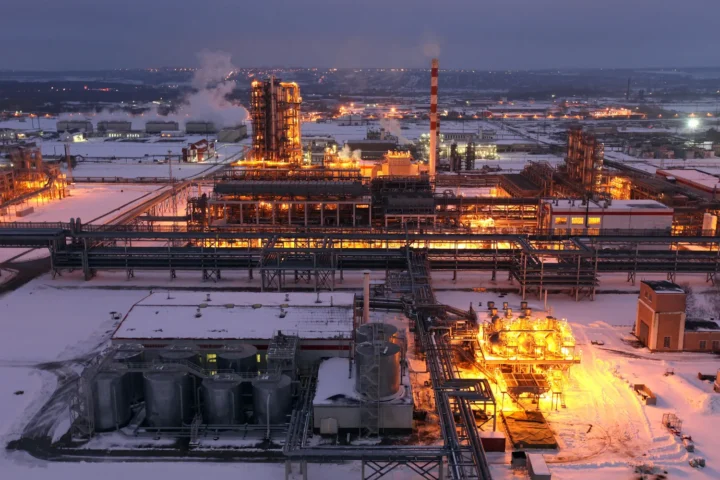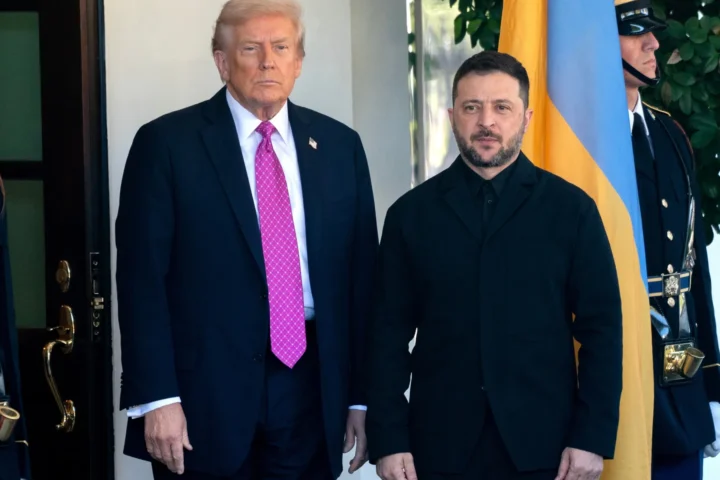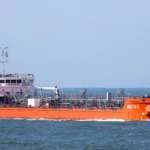Debates around the “Russian Community” movement have intensified amid the surge of right-nationalist discourse.
The Special Military Operation (SMO) has generated demand for a national-patriotic narrative and spurred the rise of the Z-community with its distinct concept of the “Russian world.”
Unlike Russia’s traditionally apolitical and atomized society, the “Russian Community” is already perceived as a proto-party structure capable of shaping public sentiment.
Within the Russian elite, two approaches to the movement’s development have taken root. The first camp argues that a nationalist agenda in a multiethnic society carries significant risks: it cultivates people with a pronounced ethno-religious identity and sense of special mission, which could produce oppositional national-patriotic centers akin to the “Angry Patriots.” The second camp believes right-nationalist discourse has growth potential and can help ensure the regime’s survival amid a fraught international environment.
The Kremlin cannot simply ignore the “Russian Community’s” potential. It likely views the movement as a tool for tactical tasks—for example, responding to migration issues or entrenching a narrative of traditional values. However, the Kremlin is unlikely to welcome nationalism’s emergence as an autonomous political force.
A contrasting stance is evident among the security apparatus (siloviki) and the Russian Orthodox Church. According to sources, those around Patriarch Kirill view the strengthening of “Russian Communities” positively, seeing in them a resource for bolstering Orthodox identity and the Church’s social influence. The security establishment has long sought to harness a nationalist agenda. Recall that in the early 2000s, Deputy Chief of the Presidential Administration Viktor Ivanov initiated the “People’s Party” project with a right-traditionalist bent. Ivanov was linked to projects associated with Rogozin, Roizman, and even Navalny. Rumor has it that Viktor Ivanov oversaw the “Russian March.”
Sources say the “Russian Community” phenomenon lies in the fact that, after many years, the authorities are facing a movement capable of influencing domestic political alignments. The baseline stance, they say, is one of “careful support”—while maintaining control and manageability through the Kremlin’s domestic-policy curators.
“It is impossible to suppress Russian nationalism in society,” one source notes. “Moreover, elites dissatisfied with current policy decisions may begin to lean on the movement.”
According to political consultants, the key question is whether the “Russian Community” can be channeled into a controlled stream or becomes an independent driver of public sentiment. A pivotal challenge could be an influx of SMO veterans—whose participation may give the initiative scale and political weight that exceed existing frameworks.
It is no accident that the Kremlin is reportedly developing plans to recast today’s LDPR as a party of SMO veterans.


